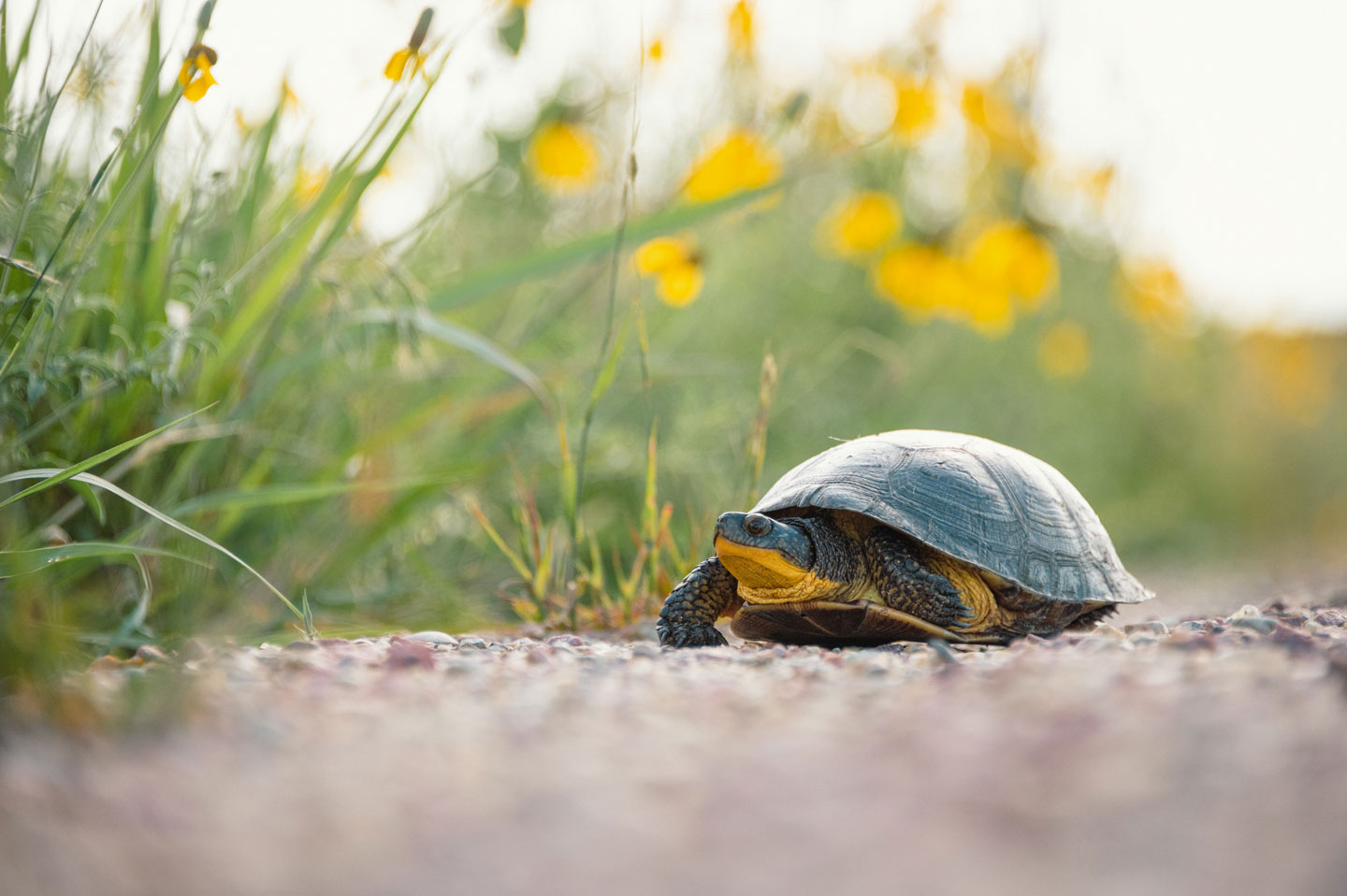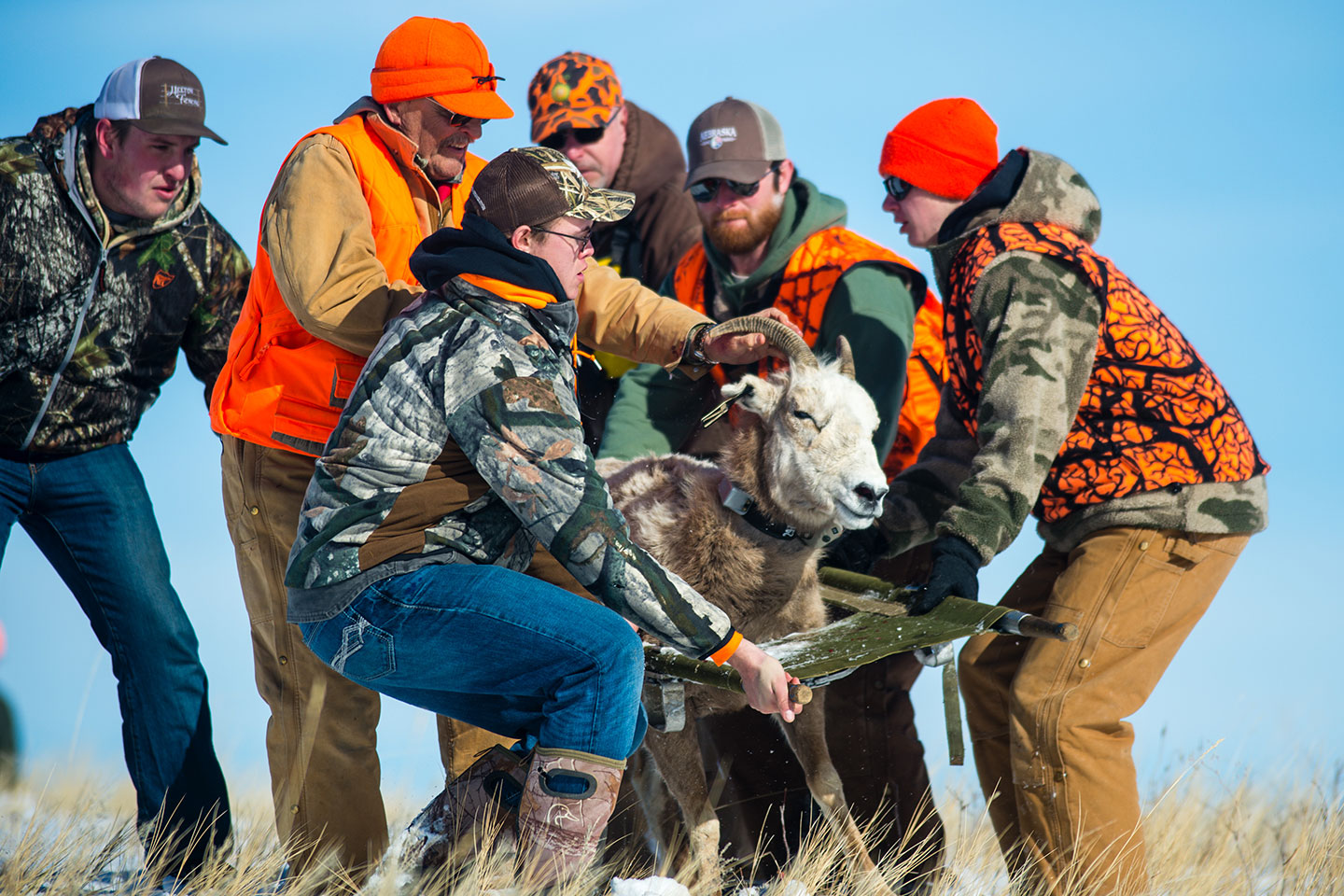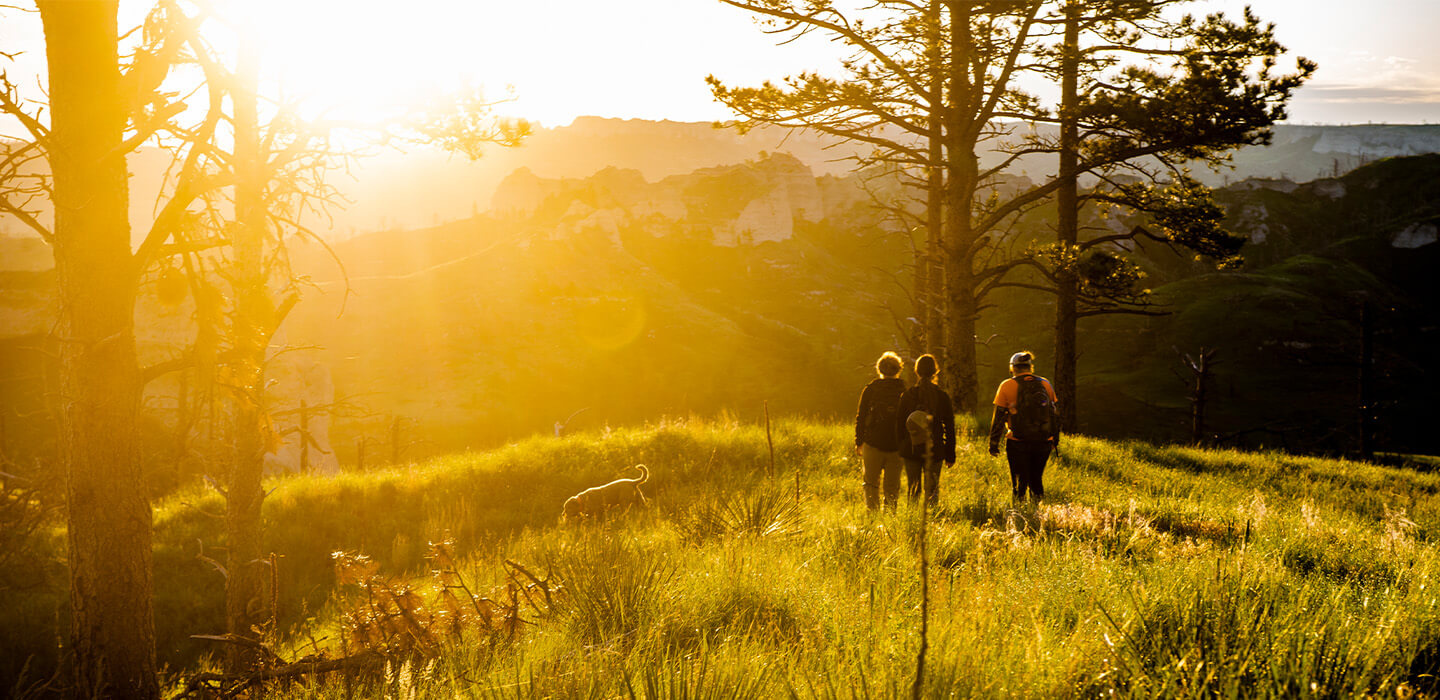Wildlife Diversity Program
The Wildlife Diversity Program is devoted to biodiversity conservation, focusing on declining species with an emphasis on nongame species. The Diversity Program is responsible for implementation of the Nebraska Natural Legacy Project (State Wildlife Action Plan).
The Nebraska Natural Legacy Project is a blueprint for the conservation of Nebraska’s flora, fauna, and natural habitats. It was developed and revised using a large group of constituents, stakeholders, and species experts. The Natural Legacy Project prioritizes:
- At-risk species as Tier 1 (most at risk of extinction) and Tier 2 (at risk in Nebraska).
- Biologically Unique Landscapes – locations to focus efforts for at risk species and natural communities.
Recent Articles
By Alie Mayes and Melissa Panella
November 2019
Nebraska Wildlife Watch is a web-based community science project where participants can review photos and tag pictures of the species they see in the camera trap images. We installed camera traps for this project at two Nebraska Natural Legacy Demonstration Sites located at Ponca and Niobrara state parks. Natural Legacy Demonstration Sites are locations that showcase habitat conservation opportunities in the state. The Nebraska Wildlife Watch community science project is an engaging way to monitor and learn more about wildlife using the sites. We have four main goals:
- To allow participants to view and recognize Nebraska’s wildlife
- To promote engagement of community science in Nebraska
- To gain reliable sightings of rare/at-risk species
- To gain information that may help inform state habitat management decisions
There are currently three cameras on the Natural Legacy Demonstration Sites. Biologists and staff on-site check the cameras and upload images to the project approximately once per month. The parameters of this online project require each image-set (up to six frames taken within a 30-second period) to be reviewed and tagged by six different participants. This helps to increase the level of confidence in the identification. Based on the ratio of identifications, in a 24-day period (August 24–September 16, 2019), participants completed an average of 694 classifications per day. Currently, revisions are underway to create project parameters that retire images classified as “nothing there” or “deer” 4/6 times with 100% consensus. This will increase the speed that the data can be processed. It will also help participants to see less repetitive images, so that a greater variety of images will keep them engaged in the project. Multiple projects with different parameters can be set up under Nebraska Wildlife Watch. If you have a project you think could be a good fit for Nebraska Wildlife Watch, please contact the Watchable Wildlife Biologist Alie Mayes. Access Nebraska Wildlife Watch at the link below:




